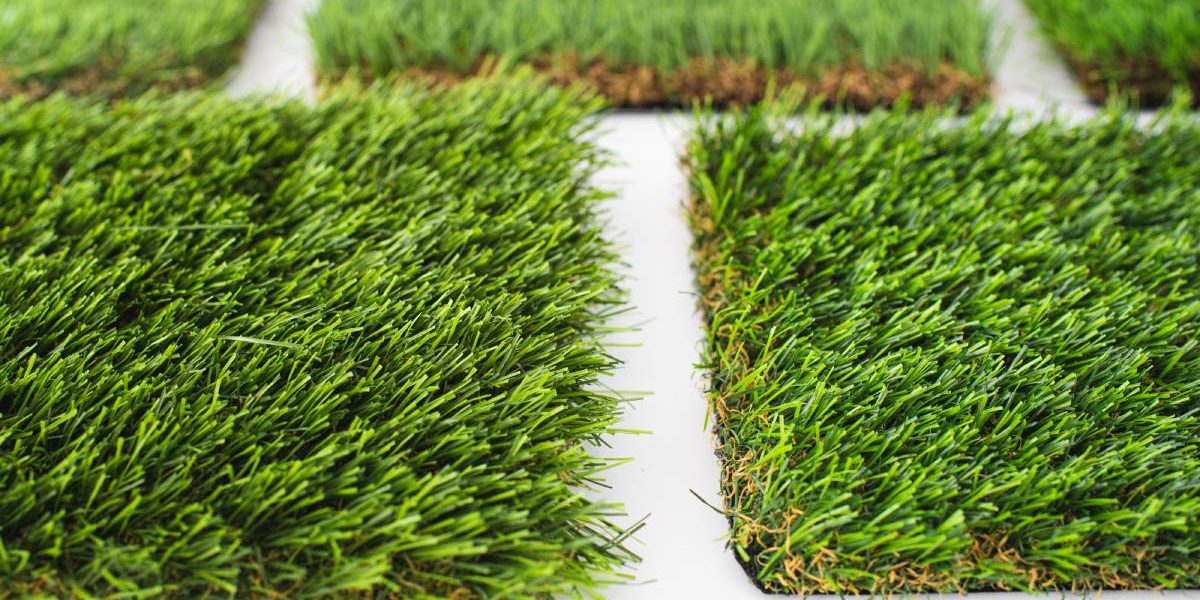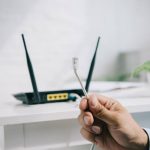When it comes to landscaping homeowners are constantly seeking ways to create beautiful, low maintenance outdoor spaces that are both functional and visually appealing.
One of the most popular trends in recent years is the use of artificial grass which offers the look and feel of real grass without the constant upkeep.
However many people wonder if it’s possible to combine both artificial and real grass in one yard to achieve a seamless attractive landscape.
In this article we’ll explore how to mix artificial and real grass effectively the importance of adding sand under artificial turf and the best practices for maintaining artificial grass to ensure it remains in top condition for years to come.
How to Successfully Mix Artificial and Real Grass
When integrating real grass with artificial turf it’s crucial to plan carefully to avoid creating an unnatural transition between the two. Here are a few strategies for a successful blend
Seamless Edging
When mixing real and artificial grass focus on creating a smooth edge between the two. Use materials like metal plastic or stone to form a clean defined boundary preventing overlap and ensuring a natural transition.
Maintenance Considerations
Real grass needs regular maintenance like watering mowing and fertilizing while artificial grass is low maintenance with occasional cleaning.
When mixing the two, it’s important to consider the differing maintenance needs, as real grass requires more care compared to artificial turf.
Create a Natural Flow
Ideally the transition between the real grass and the synthetic turf should be as natural as possible. You can achieve this by planting real grass in specific areas that naturally flow into the artificial turf such as along a walkway or at the edge of a garden. This can create a more cohesive, integrated look.
Use Artificial Grass for Problem Areas
Artificial grass is ideal for areas where real grass struggles like shaded or high traffic spots. Using it to fill gaps ensures a lush green lawn year round while keeping a natural look in other areas with real grass.
What Happens if You Don’t Put Sand Under Artificial Grass?
Artificial grass is designed to be installed over a solid surface, and one important part of the installation process is adding a layer of sand under the turf.
Sand serves multiple purposes and plays an essential role in the longevity and functionality of the synthetic grass.
Stability and Support
Sand helps to stabilize the artificial turf and provides support for the synthetic fibers. Without a sand layer the turf may shift wrinkle or become uneven leading to an unsightly and unstable surface. The sand acts as a foundation that helps maintain the integrity of the artificial grass over time.
Improper Drainage
Sand is an important component for proper drainage when installing artificial grass. It ensures that water flows through the turf and does not accumulate on the surface.
Without sand water may pool on top of the turf leading to mold growth unpleasant odors, and potential damage to the grass. The sand layer helps the water drain through the turf and into the ground below.
Risk of Wrinkling and Deformation
Without sand artificial grass is more likely to wrinkle or deform due to the lack of proper weight distribution.
The sand layer helps weigh down the turf, preventing it from shifting and becoming uneven over time. This is particularly important for high traffic areas where the turf may be subject to heavy use.
Unnatural Appearance and Feel
Without the proper foundation of sand, artificial grass may not achieve the same natural look and feel. The synthetic fibers may stand up in an unnatural way, and the surface may feel too firm underfoot. Sand provides weight and cushioning that gives the turf a more authentic feel.
What Is the Best Way to Maintain Artificial Grass?
Artificial grass is known for being low maintenance but it still requires some care to ensure it stays looking fresh and vibrant.
Regular maintenance helps to prolong the life of the turf and prevents the buildup of dirt and debris. Below are the best ways to maintain artificial grass
Regular Cleaning
One of the most important aspects of maintaining artificial grass is regular cleaning. Over time dirt leaves and other debris can accumulate on the surface of the turf making it look dull and dirty.
Use a leaf blower rake or broom to remove loose debris. For more stubborn dirt or stains, you can use a hose to rinse off the turf or use a mild detergent and water to clean the surface.
Brush the Turf
Brushing the synthetic fibers is essential to keep the turf looking its best. Over time the grass fibers can become matted or flattened especially in high traffic areas.
Use a stiff brush or power broom to gently lift and fluff up the fibers, restoring their natural appearance. Brushing also helps to remove debris that may be stuck in between the grass blades.
Check for Damage
Regularly inspect your artificial grass for damage from sharp objects, heavy equipment, or weather. Look for lifting, tearing, or signs of wear and repair any damage. Also check for rodent infestations that can burrow under the grass, causing further damage. Take action to prevent or remove rodents to maintain the lawn’s integrity.
Wash Away Pet Waste
If you have pets that use your artificial grass as a potty area it’s essential to clean up after them regularly. Artificial grass is generally pet friendly but pet waste can cause odors and may damage the turf if not cleaned promptly.
Use a hose to wash away any pet waste and you may also want to use a specialized cleaner designed for artificial turf to neutralize any odors.
Control Weeds
Weeds can still grow around the edges of artificial grass or through small gaps in the turf. To prevent this make sure you install a proper weed barrier during the initial installation of the turf. If weeds do appear use a weed killer or manually remove them to keep the area neat and tidy.
Maintain Proper Drainage
Ensure that the artificial grass remains well-drained by checking for any signs of pooling water or poor drainage.
If you notice any issues, address them immediately to avoid mold and mildew growth which can lead to unpleasant odors and damage to the turf.
Add Sand if Necessary
If you notice that the artificial grass is becoming uneven or not draining properly, you may need to add a layer of silica sand to the surface. This will help restore the stability of the turf and improve drainage.
Conclusion
While mixing artificial and real grass can create a visually appealing and practical outdoor space it’s important to understand the complexities involved.
Proper edging, maintenance and planning are essential to ensure a seamless and functional blend of the two types of grass.
Similarly it’s crucial to follow best practices for installing and maintaining artificial grass such as ensuring the proper use of sand regular cleaning, and brushing.
With the right care and attention, your artificial grass can remain in top condition for years to come offering a low maintenance and aesthetically pleasing alternative to natural grass.
Whether you’re blending the two types of grass or opting for all artificial turf proper installation and maintenance are key to achieving the best results.











